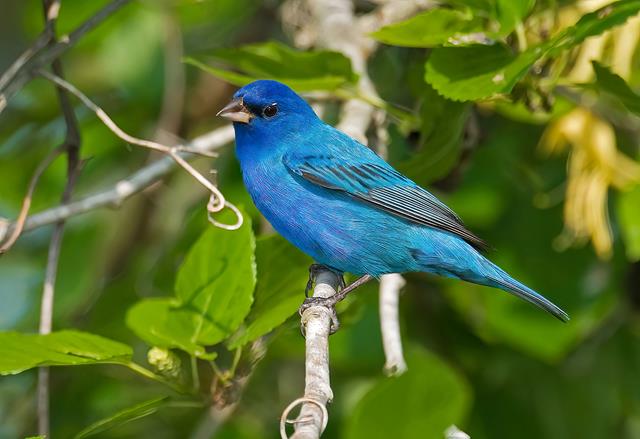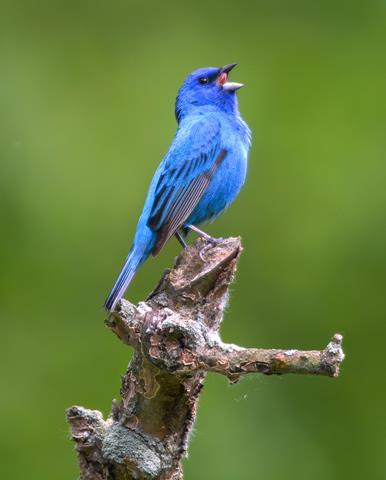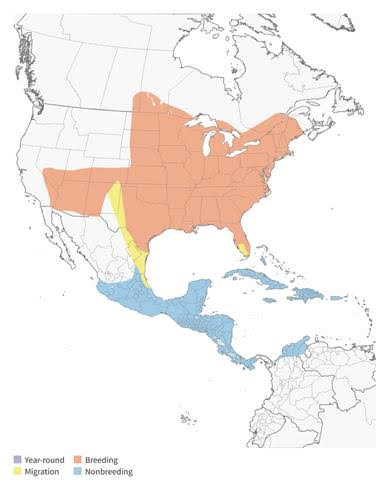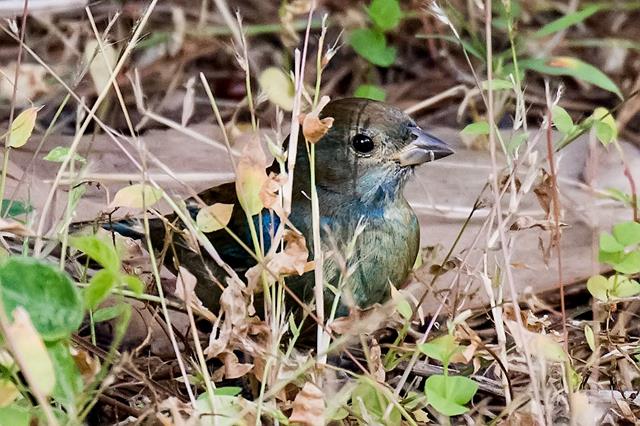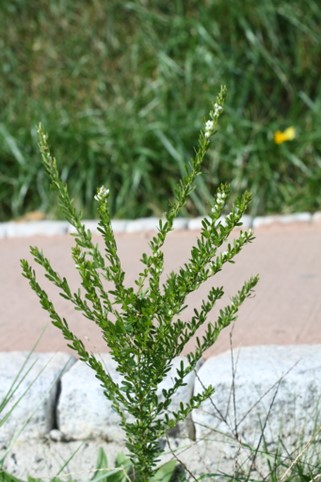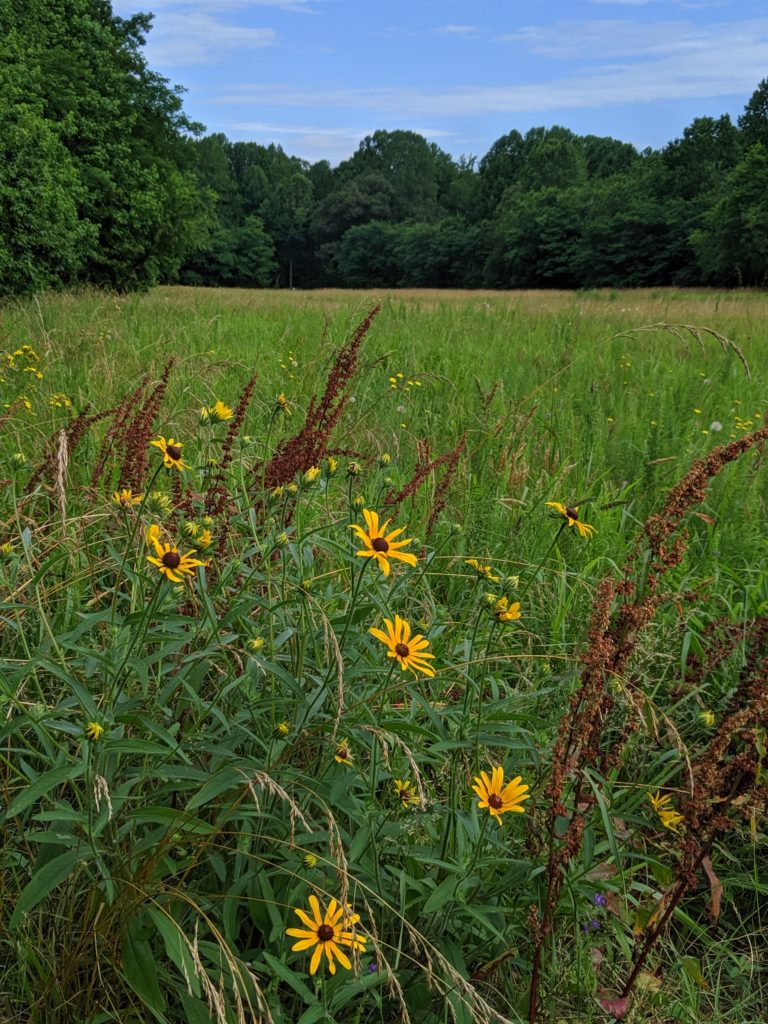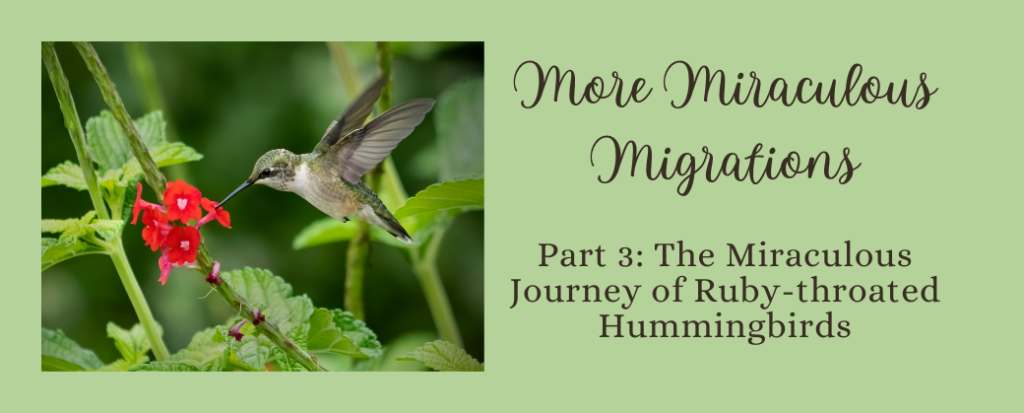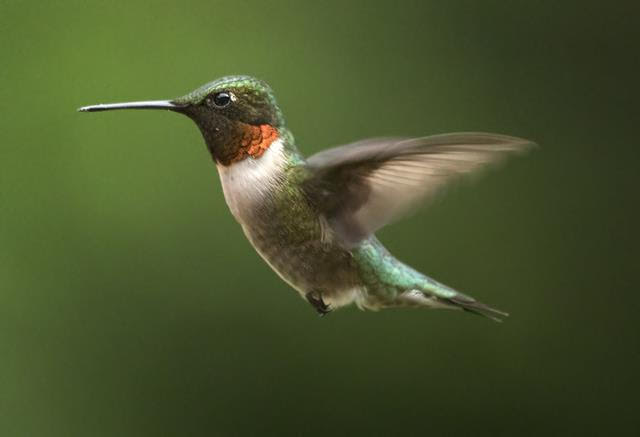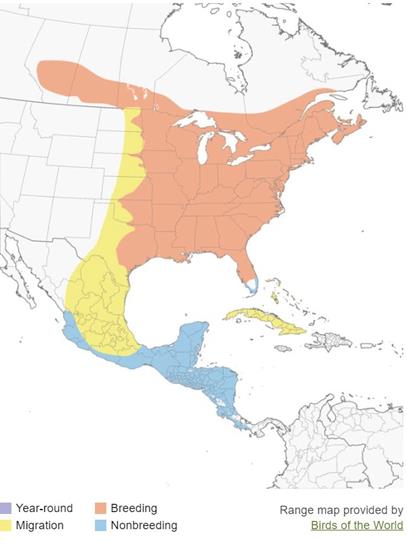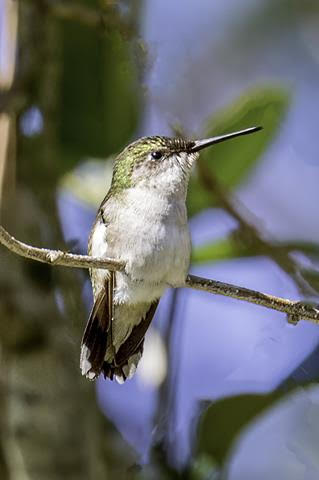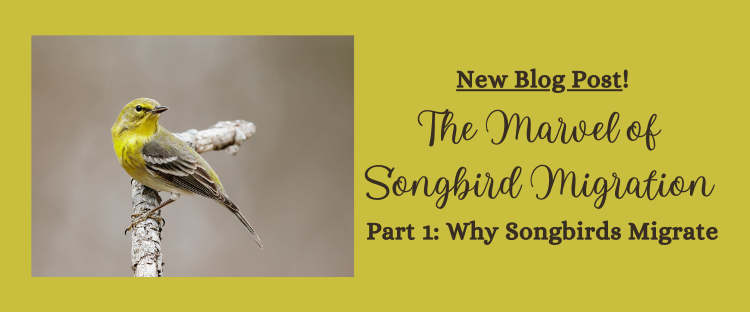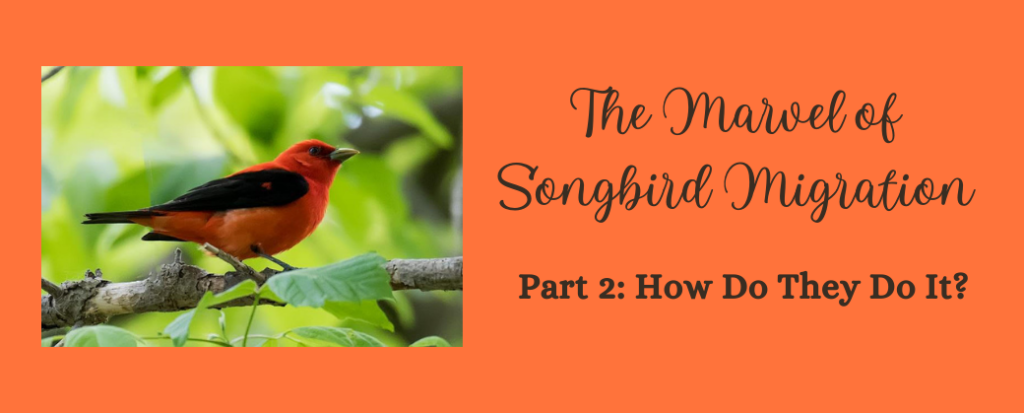By Clara Brill-Carlat, Assistant Land Manager
Earlier this summer, I had the opportunity to attend BeaverCON, a three-day conference all about beavers that was held in Baltimore County. While its name evokes images of Comic-Con, there were no people in beaver costumes running through the hallways at BeaverCON (at least until the last day, when a mascot named Castor made a brief appearance). Instead, there were experts from the East and West Coasts and even from Europe who presented on beaver dam analogs (BDAs), flow devices, beaver relocation, fish passage, and much more. Many of my fellow conference attendees were experts in their own right and had attended BeaverCON in 2020 as well, while I first learned about the conference this fall when I started to research BDAs and their many ecological benefits. Read more from an article I wrote about BDAs for ACLT’s Spring Newsletter here. (See pg. 3)
I quickly made my newcomer status known at BeaverCON when I tried to strike up a conversation with a young graduate student who, like me, had received a scholarship to attend the conference. “What are you studying in grad school?” I asked. She gave me a quizzical, almost pitying look and said, “Beavers.”
During the first two and a half days of the conference, I attended presentations about stream restoration projects, human conflict and coexistence with beavers, mapping beaver habitat, and even the history of beavers in North American literature. One of the most engaging talks was by Emily Fairfax, a researcher at California State University Channel Islands, who studies how beaver complexes protect land during wildfires. She presented striking satellite images of landscapes in the Western U.S. before and after fires; the images showed that areas with active beaver populations burned much less than areas without beavers. Her most recent research has focused on megafires, which are becoming increasingly common due to climate change. Megafires cover much larger areas than typical wildfires (over 100,000 acres), often spread extremely fast, and burn landscapes so severely that ecosystems struggle to recover. While people are often unable to control these fast-spreading megafires, Fairfax found that beavers are still able to significantly reduce the acreage that gets severely burned.
Watch the presentation here: https://youtu.be/wa1B4ijrgcc
Another particularly memorable presentation was by NOAA Fisheries biologist Chris Jordan, who dispelled some common misconceptions about streams. Humans have spent countless time and money transforming streams into conveyance systems that efficiently transport water from one place to the next while rarely overflowing their banks. However, a truly healthy stream is inefficient (to the human eye), meandering, and messy. We might imagine that a stream channel lined with old, tall trees is the epitome of ecological health, but counterintuitively, the presence of such trees can indicate that the stream has been prevented from flooding its banks. When it comes to trying to reverse the damage done to streams, Jordan explained, we are our own worst enemy. He spoke about how regulations designed to protect infrastructure from flooding and to protect streams from environmental degradation have created unintended barriers against nature-based restoration projects. For example, although building BDAs is a relatively low-tech way to reconnect a stream with its floodplain by raising the water level of the stream, regulations meant to prevent flooding make the implementation challenging. Having researched the permitting process for building BDAs at ACLT, this part of Jordan’s presentation certainly rang true. Luckily, as I would soon see, large-scale BDA projects are possible and are becoming more popular here on the East Coast.
Watch the presentation here: https://youtu.be/6h005lBptLE
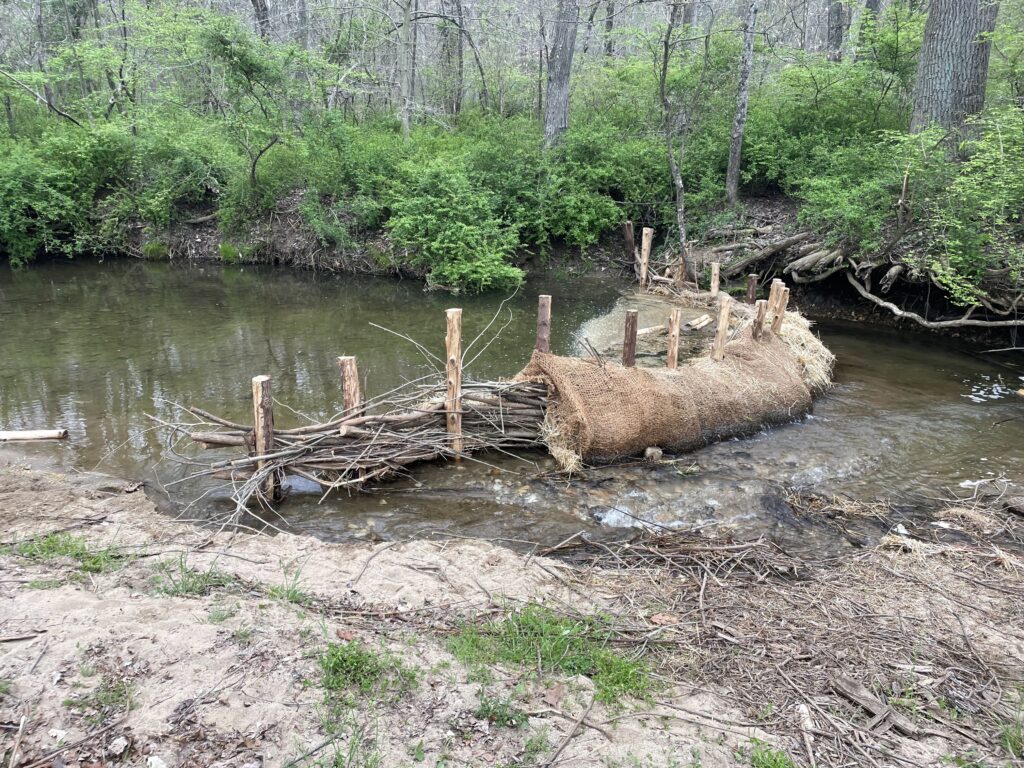
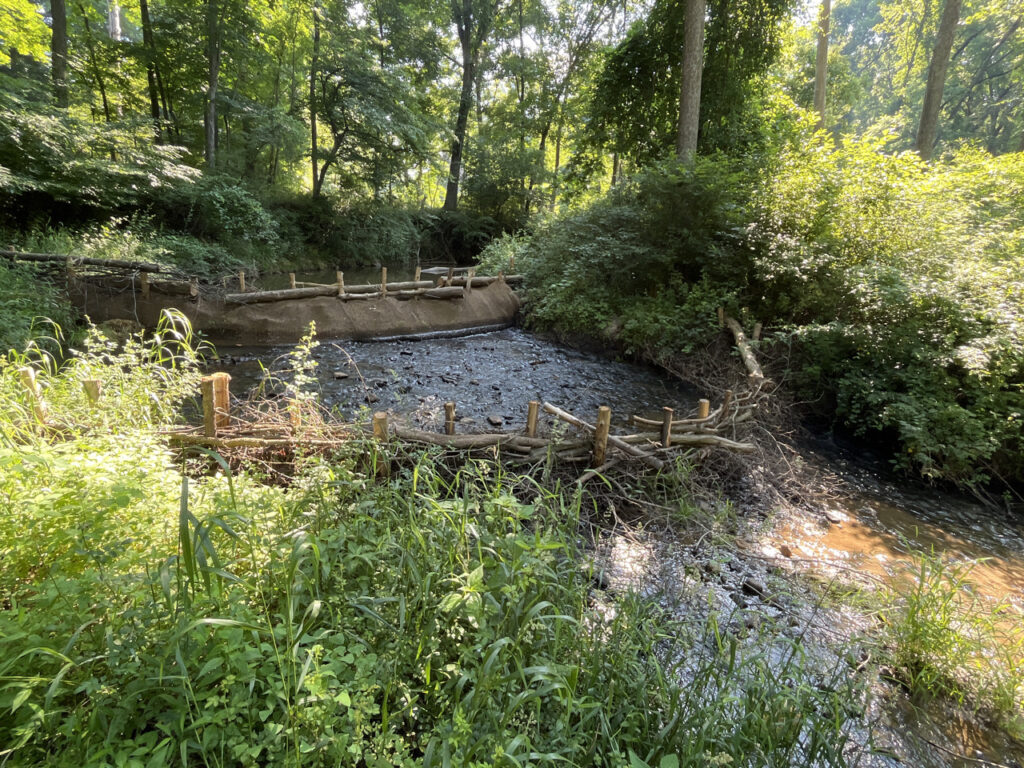
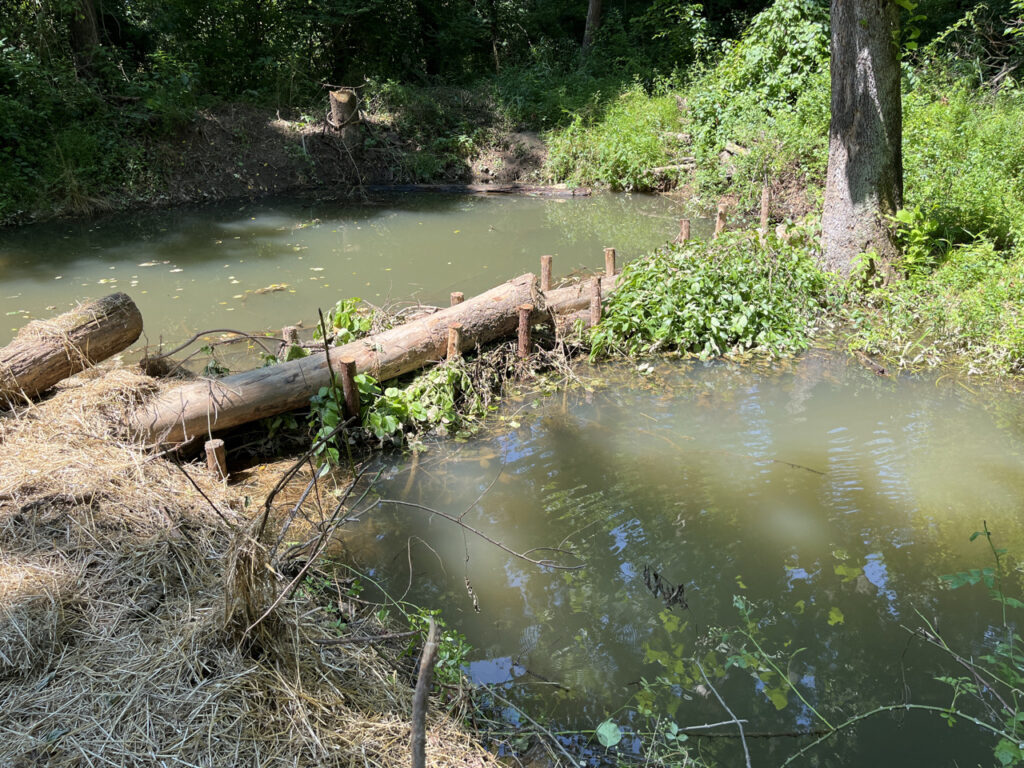
After the official end of BeaverCON, I joined an impromptu tour of a stream restoration site composed of BDAs and log jam structures. Ecotone, an ecological restoration company based in Maryland, had designed the project on the Carroll Branch in Baltimore County. The tour was led by Scott McGill (a co-founder of BeaverCON and the CEO of Ecotone) and was made possible by the persistent begging of some of my fellow conference attendees.
This was the highlight of BeaverCON for me since we were able to walk right up to each of the structures, which had only been put in place about eight weeks before, and pester McGill with questions. I was struck by how the restoration was both a science and an art. The project had clearly been thoroughly planned, down to each impeccably sharpened cedar post that formed the backbone of the BDAs. At the same time, the materials used (sticks, logs, mud, vines, and netting) and the spacing between the structures varied such that no two dams were exactly the same. Most of the structures were BDAs, meaning that they spanned the entire channel, but a few were constructed log jams that only took up part of the stream. Since all the structures were so new, we could see that they were beginning to slow down the water but had not ponded it yet, and Ecotone was in the process of extending some of them farther onto the banks because the stream was cutting around them. McGill explained that adaptive management is critical for nature-based restoration projects like this one and that Ecotone had a five-year grant to continue managing the restoration.
After the three days of the conference were up, I returned to ACLT with a lot to chew on. Although I felt like a kit (the term for a baby beaver) compared to all the experts, restoration professionals, and beaver-researching grad students in the room, I learned more about beavers in those three days than I have in most of the rest of my life. I know the knowledge and connections I gained at BeaverCON will be helpful as we continue to explore the possibility of beaver dam analogs here at ACLT.













